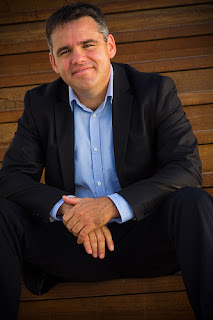Aftermarket
operations have a very broad scope and contain all activities related to
maintaining a car after its initial sale and until the end of its lifecycle.
The relevant activities are also referred to as aftermarket parts and services.
The aftermarket encompasses all parts and services purchased for light- and
heavy-duty vehicles after the original sale, including replacement parts,
accessories, lubricants, appearance products and service repairs. RichardShamoon also includes additional innovative services that help to optimize the
use of the vehicle.
Exhibit 2
summarizes the main components of the automotive aftermarket and also gives an
outline of average margin expectations per component. In addition, the
illustration shows how the value chain of an OEM (Original Equipment
Manufacturer) and OES (Original Equipment Supplier) is structured and where the
after sales activities are based in the chain. Globally, aftermarket volume,
including retail sales, is growing rapidly and becoming increasingly important
to automotive companies compared to new car sales due to the higher margins.
Aftermarket Revenue and Profits
Innovative
services such as telematics and mobility service bundles offer additional
opportunities to generate business and revenue improvements and account for a
growing share of the aftermarket. These services are increasingly embedded into
new technologies. In addition to more complex parts, they can compensate for
the declining share of traditional parts, repair and maintenance services
during a car’s lifecycle due to higher general quality and reliability of cars
and parts. Considering the total revenue stream of a typical 13- year car
lifetime, 1 only 37% of the total revenue stems from the new car sale. The
aftermarket business accounts for the remaining 63% in Western Europe.








